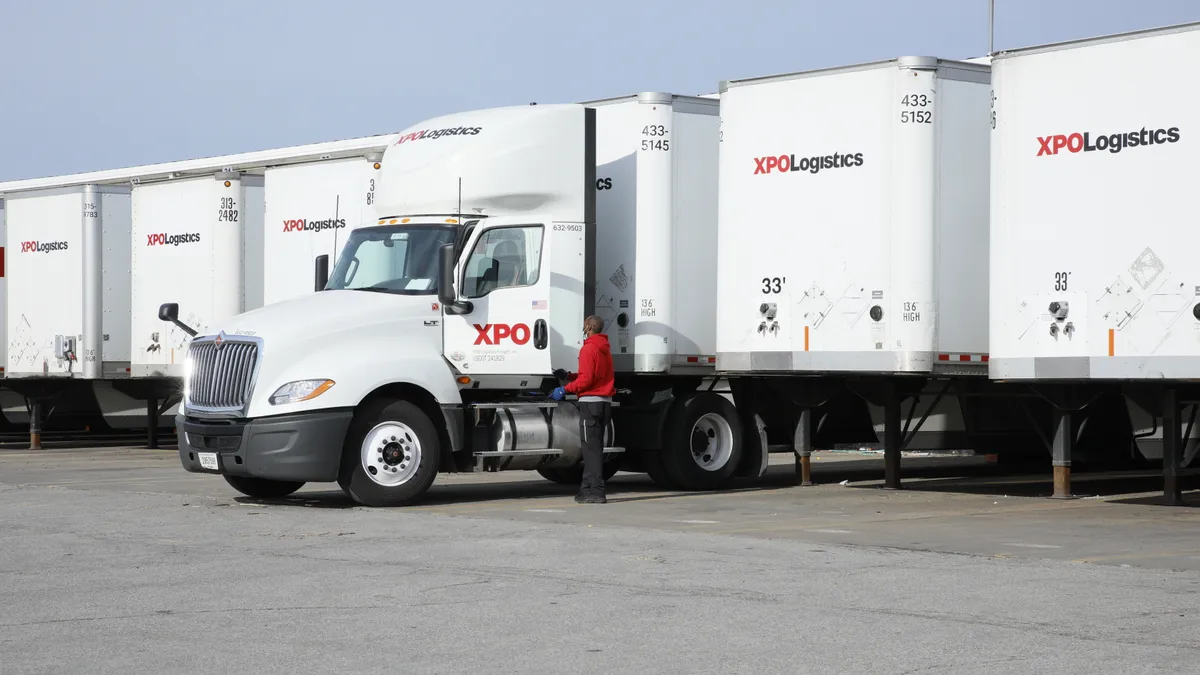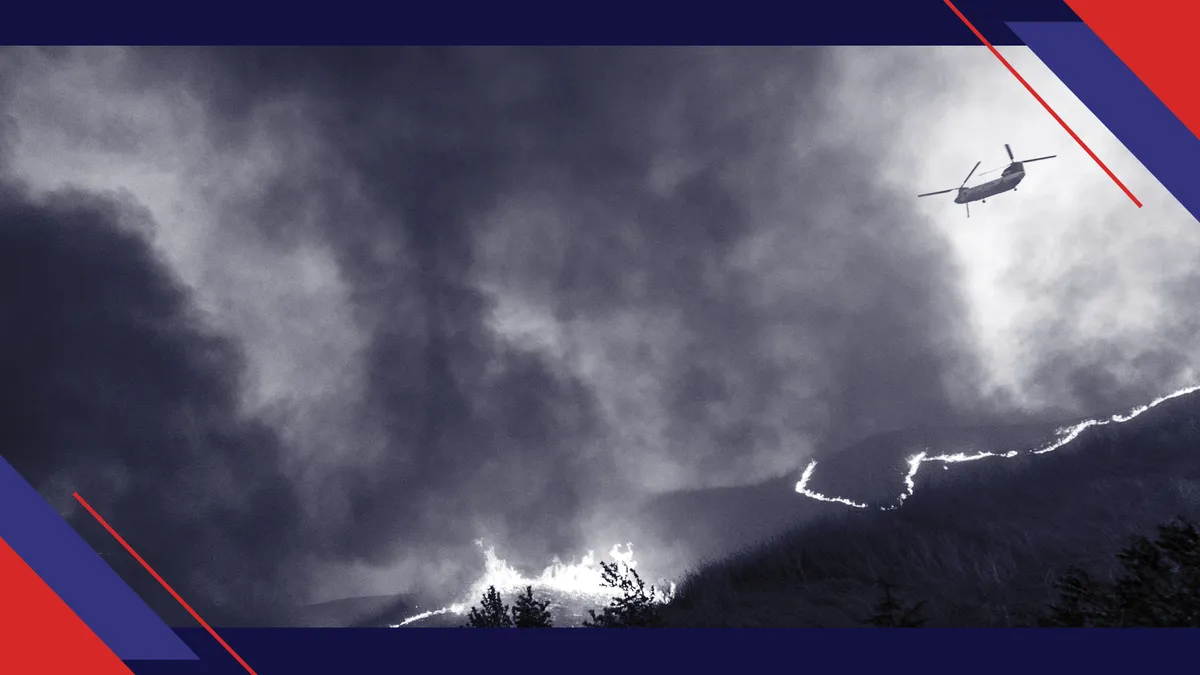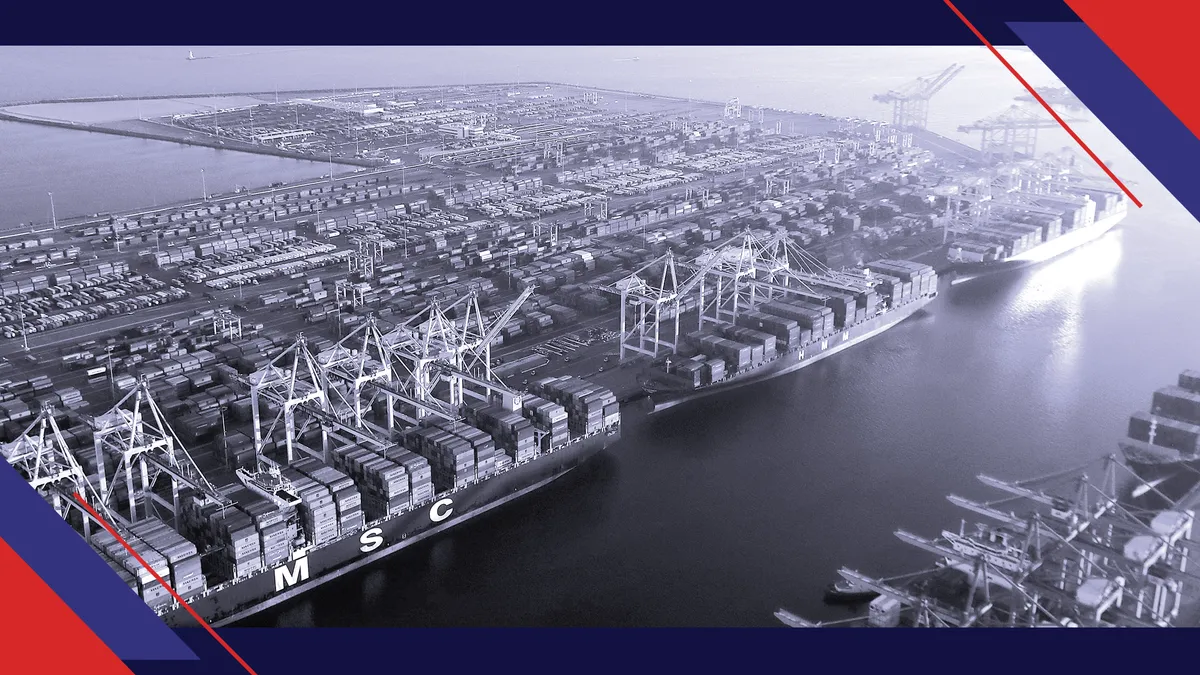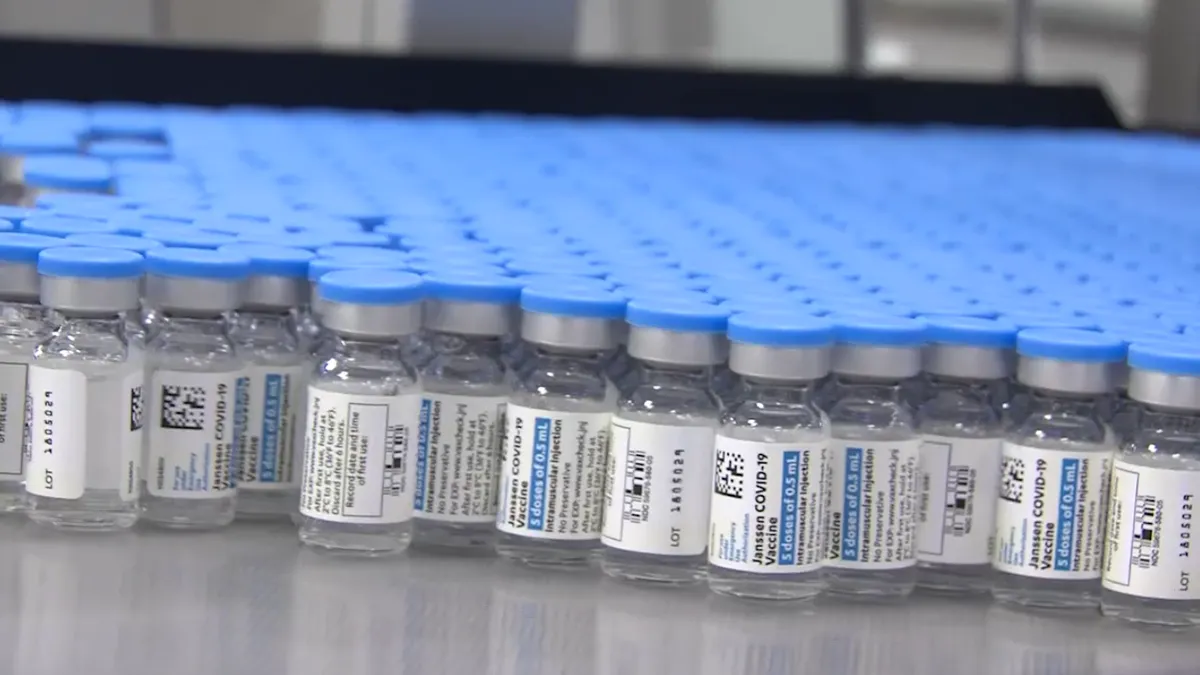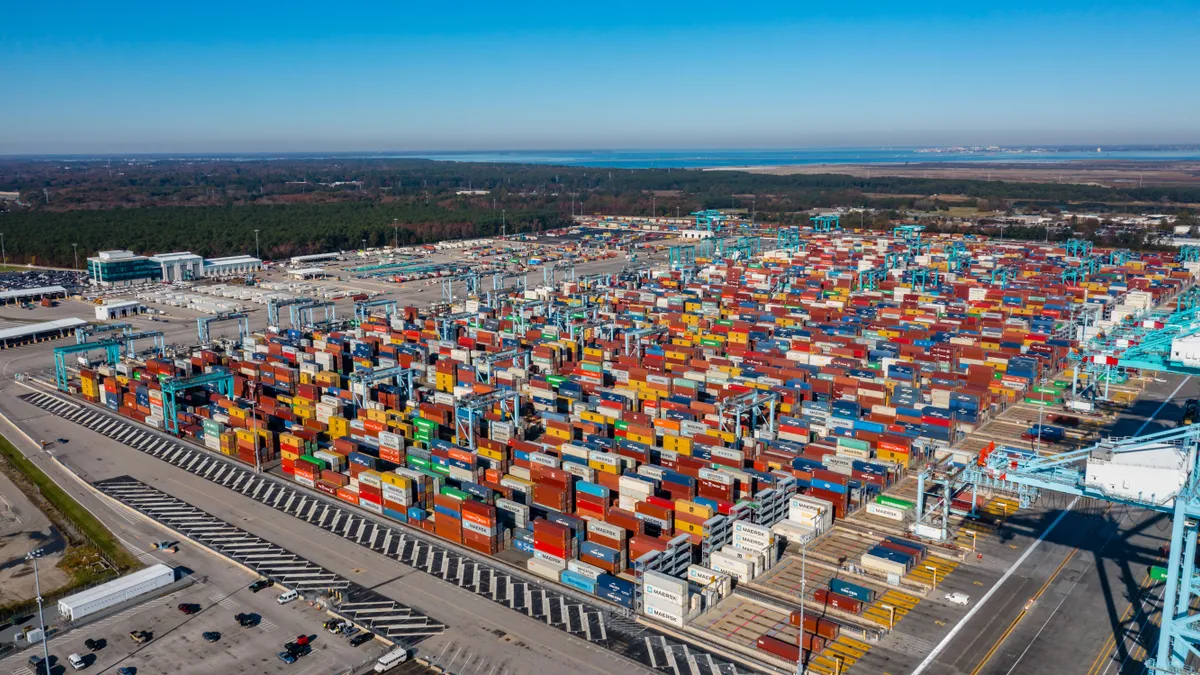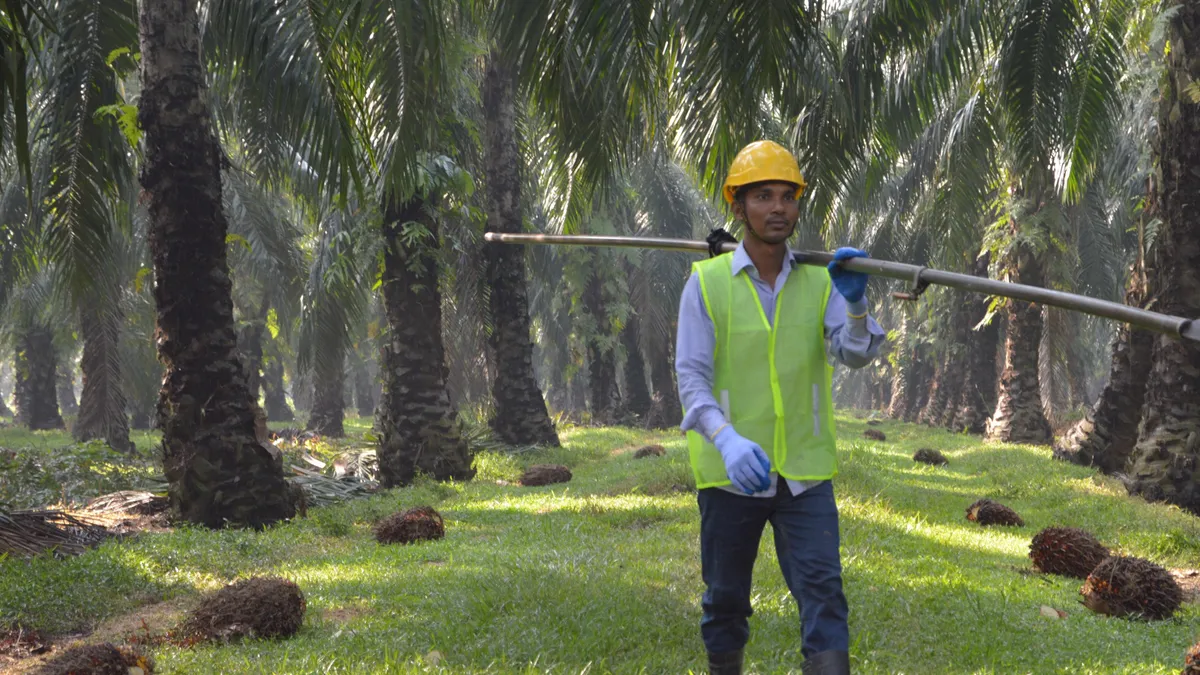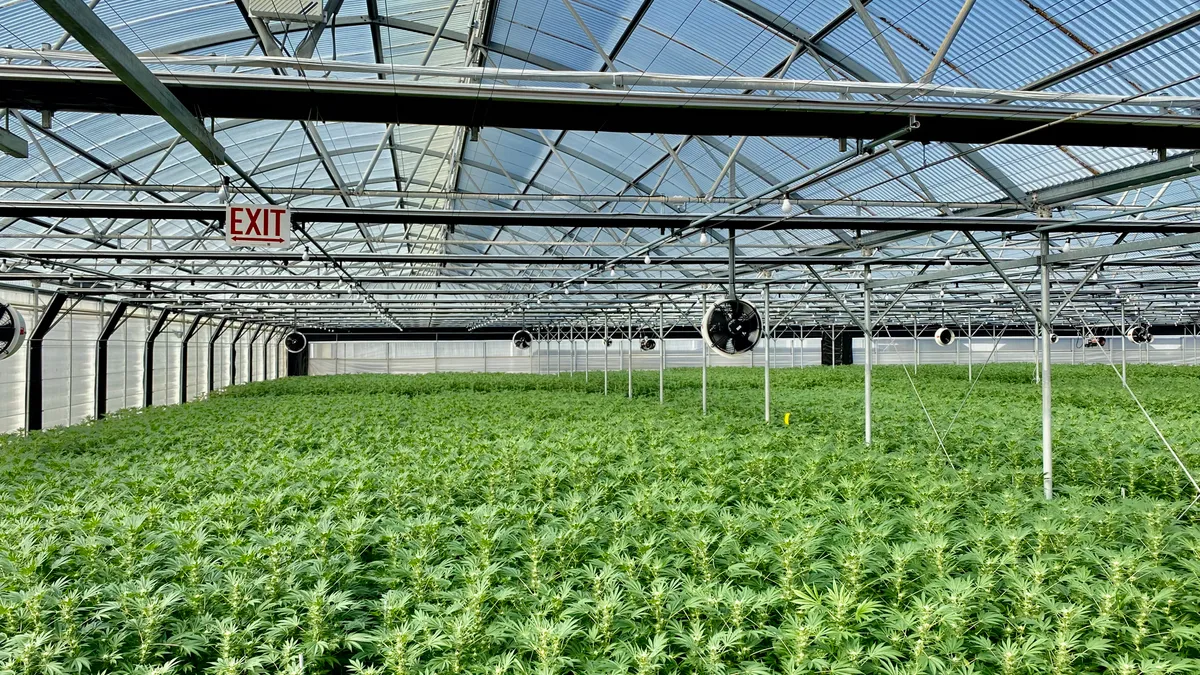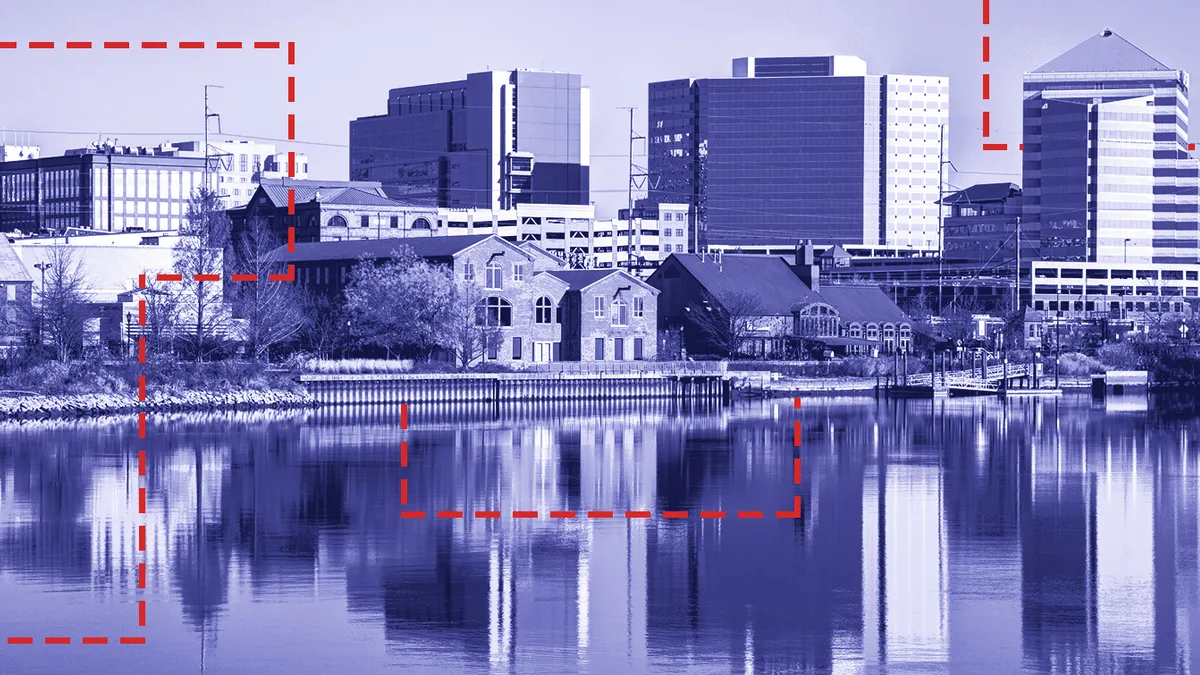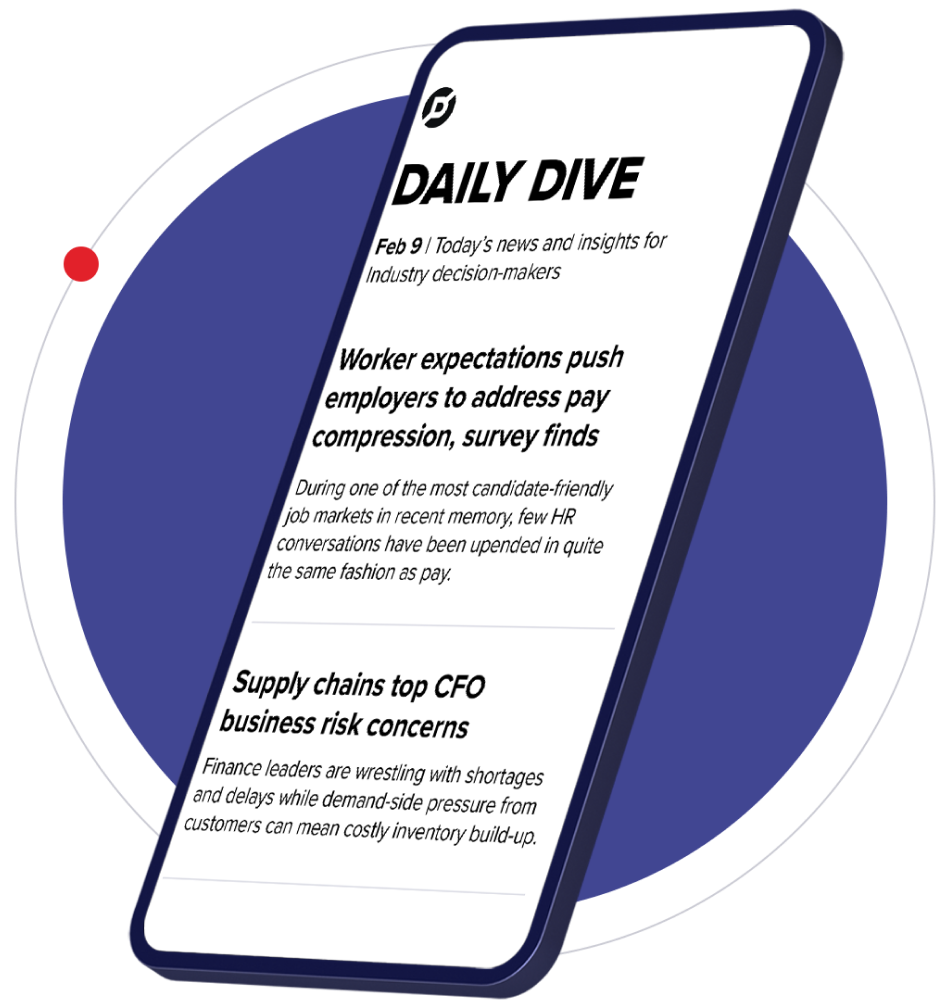Deep Dive: Page 5
Industry insights from our journalists
-
From sapling to pure-play LTL: The story of XPO Logistics under Jacobs
Bradley Jacobs is a relentless numbers man and a serial entrepreneur. And he's one thing neither XPO nor GXO can replace.
Jim Stinson • Aug. 2, 2021 -
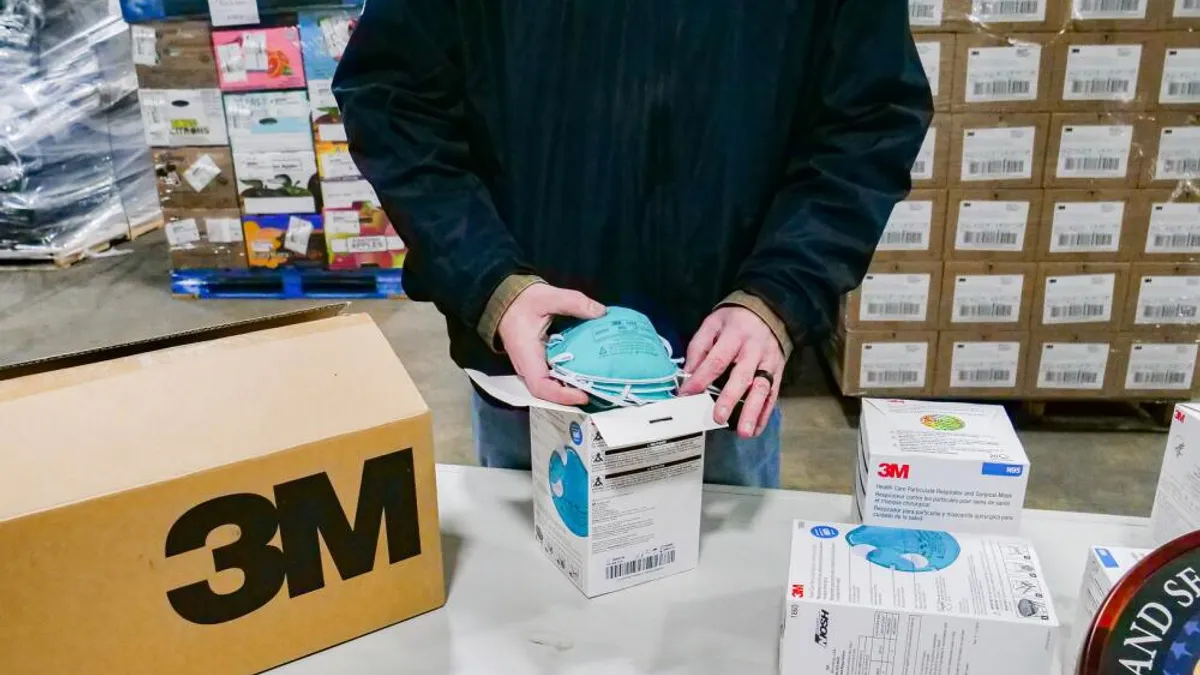
 Retrieved from U.S. Immigration and Customs Enforcement.
Retrieved from U.S. Immigration and Customs Enforcement.
As PPE demand grew, organizations stepped up to the challenge — and fought fraud along the way
Bad actors emerged during the pandemic, as a supply-demand imbalance in personal protective equipment left openings and vulnerabilities for fraud and counterfeits.
Deborah Abrams Kaplan • July 15, 2021 -
Last year, the Transpacific was a 'nightmare.' It's only gotten worse.
One shipper offered a carrier $6,000 for space. It was told $60,000 wouldn't even be enough.
Matt Leonard • June 24, 2021 -
The misconceptions in the rare earth supply chain
The problem isn't a shortage of raw materials. The problem is getting them out of the ground — and out of China.
Emma Penrod • June 17, 2021 -
More frequent, severe wildfires threaten California's growing logistics network
Fires can clog and cut off freight arteries, creating choke points for inventory traveling via truck and rail.
Deborah Abrams Kaplan • June 1, 2021 -
As storms become more frequent and volatile, some ports plan for the risk — but most do not
The interconnectedness of ports leave assets such as warehouses, trucking networks and railroads vulnerable to disruptions from climate change and rising sea levels.
Matt Leonard • Updated June 8, 2021 -
RFID's e-commerce growth spurt
The need for visibility drove companies to invest in solutions for their complete supply chain while Adidas is using the technology to verify provenance.
Deborah Abrams Kaplan • May 4, 2021 -
How construction is using technology to mitigate supply disruptions
Soaring material costs and supply chain woes threaten the industry's rebound.
Joe Bousquin • April 30, 2021 -
Supply chains do the math on reshoring's pros and cons
COVID-19 exposed risks and spurred conversations about moving manufacturing, but the pandemic is far from the only factor to consider.
Deborah Abrams Kaplan • April 8, 2021 -
4 tools to fight fraud, counterfeits and cyberattacks in the COVID-19 vaccine supply chain
Visibility technologies and real-time data provide one version of the truth in a rapidly-built supply chain.
Deborah Abrams Kaplan • April 7, 2021 -
The omnichannel age is here — and it's expensive
Profit margins are often lower for pickup than delivering from a warehouse, as retailers consider store costs, shipping expenses and channel-specific overhead.
Ben Unglesbee • April 6, 2021 -
Congested West Coast ports bring the heat to TL spot rates
Delayed off the coast of the Golden State are a mix of consumer and industrial needs that are likely to keep capacity tight and truckers busy.
Jim Stinson • March 31, 2021 -
The US has a new trade chief. What supply chains can expect on tariffs and China.
U.S. Trade Representative Katherine Tai recognizes China as "simultaneously a rival, a trade partner and an outsized player," in the global trade landscape.
Shefali Kapadia • March 18, 2021 -
A tumultuous year of ocean shipping prompts a rethink of contracts
Negotiations are taking place earlier than usual, with greater interest in two-way commitments and tiered pricing. But a focus on resiliency and capacity comes at a cost to shippers.
Matt Leonard • March 10, 2021 -
Why the automotive supply chain is in a semiconductor jam
A shortage with no quick fix is shutting down production lines around the world, and capacity constraints at tier 3 put automakers' lean operations into question.
Matt Leonard • Feb. 23, 2021 -
What's behind supplier price hikes rippling through the construction supply chain?
The cost trend in 2021 is only going in one direction so far — up.
Joe Bousquin • Feb. 17, 2021 -
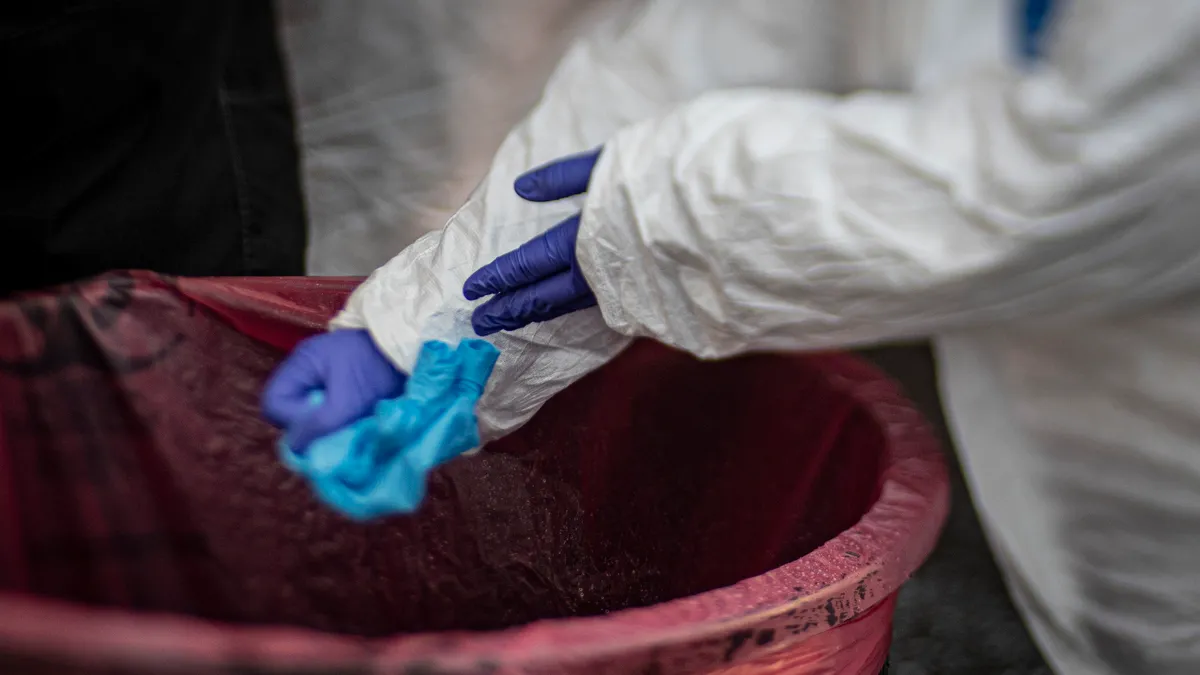
 Master Sgt. Hecht, Matt. (2020). [Photograph]. Retrieved from Flickr.
Master Sgt. Hecht, Matt. (2020). [Photograph]. Retrieved from Flickr.
The PPE supply chain is a case of the 'haves' and the 'have nots'
Gloves and masks are in short supply, and many organizations are blowing through their budgets as they attempt to source in-demand equipment.
Deborah Abrams Kaplan • Feb. 11, 2021 -
Why the empty container math doesn't add up in US exporters' favor
What led to a global imbalance of available shipping containers? And what were the effects on U.S. businesses?
Matt Leonard • Feb. 3, 2021 -
The pandemic put supply chains front and center for retailers — perhaps for the first time
Retail supply chains came under intense strain and went through wild convolutions last year. To weather the next storm, the industry must be agile and take risk seriously.
Ben Unglesbee • Jan. 25, 2021 -
Damco is gone. Where do Maersk, freight forwarders and shippers go from here?
Shippers face a choice as they plan freight strategies: the simplicity of a single end-to-end provider or the reduced risk of a diversified carrier network.
Shefali Kapadia • Jan. 13, 2021 -
Packaging, PPE and surgical supplies: How COVID-19 is pushing hospitals to reduce waste
Some waste is inevitable, but supply chain leaders are finding ways to reduce the quantity — reusing and recycling when possible and adjusting procurement and packaging.
Deborah Abrams Kaplan • Jan. 12, 2021 -
Breaking down Mars' maverick move for a more sustainable palm oil supply chain
Reducing its palm oil mills from 1,500 to 50 in three years to meet internal goals is a decisive move that will almost certainly work, but the effect beyond Mars' supply chain is less certain.
Emma Cosgrove • Dec. 10, 2020 -
The role of freight forwarders in distributing the coronavirus vaccine
Freight forwarders, the linchpins of the supply chain, face the arduous task of ensuring vaccines move door-to-door while maintaining their temperature — from the airport to the last mile.
Deborah Abrams Kaplan • Nov. 30, 2020 -
Planting the seeds of a cannabis supply chain
"We run a compliance business and sell cannabis on the side," joked one cannabis industry expert. Building supply starts with understanding regulations.
Matt Leonard • Nov. 24, 2020 -
Dole, Amazon settle in as logistics infrastructure in Wilmington, Delaware, builds up and out
The Small Wonder's largest city offers close access to customers and labor but lower land prices than many of the surrounding markets.
Shefali Kapadia • Nov. 17, 2020

